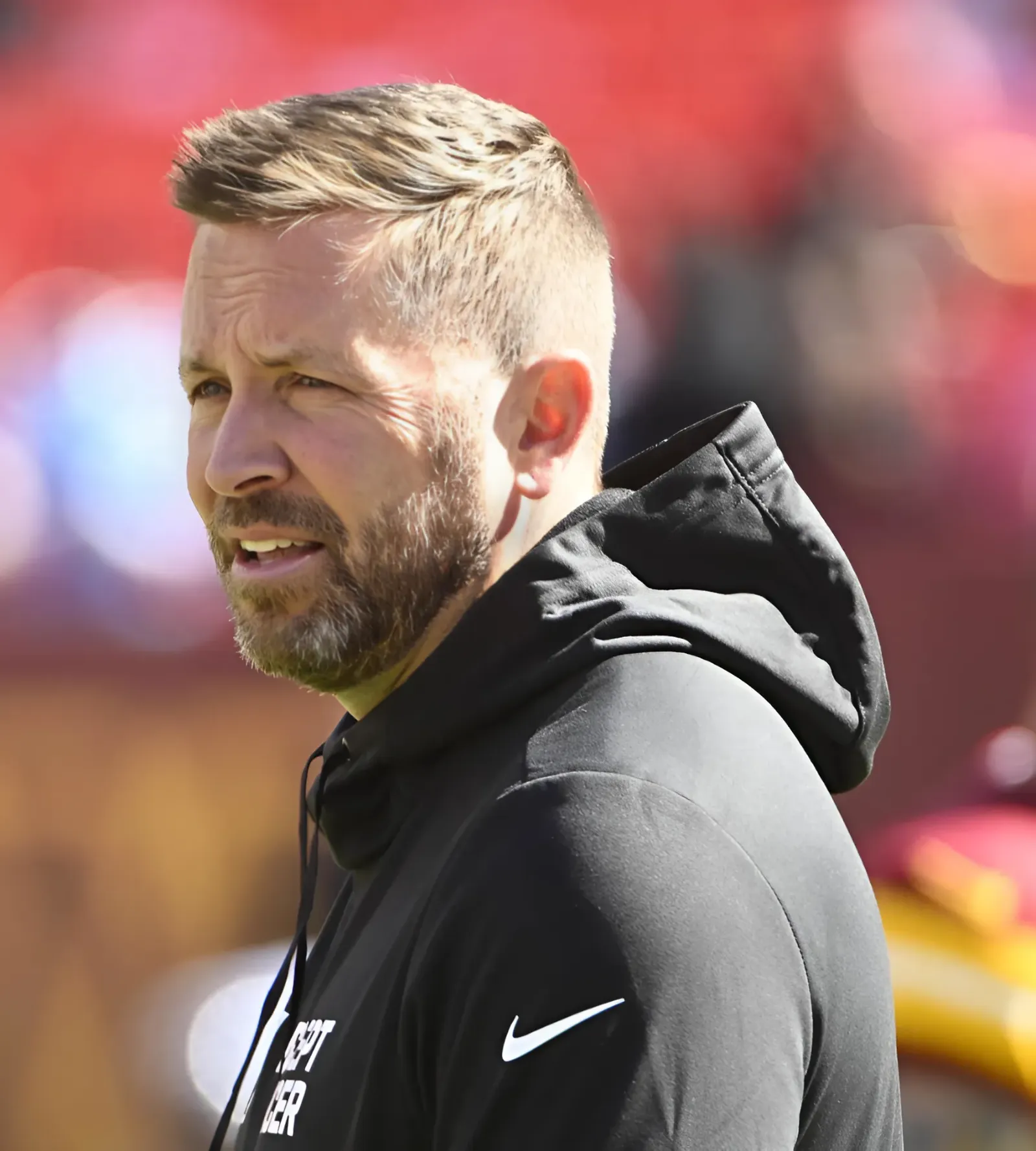The Falcons offense is about to undergo one of the most dramatic changes in the NFL after transitioning from Arthur Smith to Zac Robinson this offseason. We break down some of the most notable changes coming to Atlanta.

The Atlanta Falcons offense is about to undergo one of the most dramatic changes in the NFL after transitioning from Arthur Smith to Zac Robinson this offseason. Host Kevin Knight breaks down the most notable changes coming to Atlanta, including personnel packages, usage rates of top players, and the diversity of the run and pass game.
You can also listen to all of our video shows in an audio-only podcast format, available on all your favorite podcast platforms or by using the player below.
I know folks have asked for transcripts of these shows, which we are unable to provide at this junction (though we’d like to). Occasionally, I do write up notes for these data-heavy episodes, so I can at least share those in written format for the readers. These won’t be as robust as a full article and they don’t impart everything I’ll be discussing in the show itself, but they’ll give you an idea of the main points at least.
If you could still give the shows a click now and then, we’d appreciate that too!
1. 11-personnel IS the offense
- Rams used 11 (1 RB, 1 TE, 3 WR) 82% of the time (1st), Falcons used 11 just 14% (32nd). LA used 3 receivers on roughly 94% of all plays in 2023.
- The reason for this is so the offense always appears the same and the defense receives no clues about play calling or tendency based on the personnel.
- Both LA and ATL rarely use shotgun. Rams were at 26% (30th) and Falcons at 20% (32nd). However, Rams used singleback sets at one of the highest rates in the NFL (44%, 3rd) whereas Falcons used it just 13% of the time (26th).
2. Top players will be featured more
- Not only will 11 dominate, but it’s likely that the same exact personnel will play the vast majority of the snaps (outside of injury). The Rams used three top receiving targets (Puka Nacua, Cooper Kupp, Tutu Atwell) with one rotational option (Demarcus Robinson), a primary tight end (Tyler Higbee), and a primary RB (Kyren Williams).
- For the Falcons, this group should be fairly obvious: Drake London, Darnell Mooney, Rondale Moore and whoever wins the battle for WR4 (Casey Washington, KhaDarel Hodge, or Ray-Ray McCloud), Kyle Pitts at TE, and Bijan Robinson at RB. Fantasy heads should be happy!
- For some teams without top talent, this could be an issue. Could also be an issue if injuries strike. For the Falcons, it should be a boon. Atlanta has invested major capital in acquiring top skill position talent at WR, TE, and RB. This scheme will put the focus on them to step up and shine.
3. The passing game will be emphasized more, but this will still be a “balanced” offense relative to the rest of the NFL
- The Rams had a 58/41 run/pass split (25th) and a -2.8% PROE (Passing Rate Over Expectation) (21st)
- Falcons were the second-most run-heavy team in the NFL (55/44) and 32nd in PROE at -9.7%
- Presence of Kirk Cousins also impacts things—obviously you’ll pass more with a competent quarterback
- Rams heavily targeted receivers in the passing game (71% target share, 1st) whereas Falcons targeted them at the lowest rate in the NFL (38%, 32nd). Falcons had the highest target share for TE (34%) and 3rd highest for RB (24%). Given Falcons talent at TE/RB, this will likely be less of an extreme split—but still significantly more targets for WRs than in 2023.
4. The run game will be more diverse in terms of power/zone scheme, and in terms of inside/outside running.
- Rams employed both blocking schemes to great effect in 2023, a departure from previous zone-heavy emphasis.
- Rams were much more balanced in terms of run location, Falcons were 32nd in inside runs at just 13%



